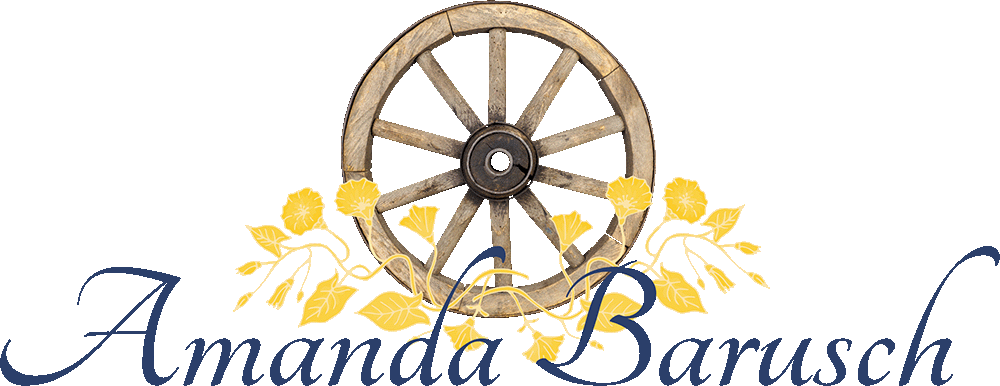Narrative Studies
Abbott, Andrew (2007). Against Narrative: A preface to lyrical sociology. Sociological Theory, 25(1). 67-99.
A careful, well-argued piece that seeks to map the parameters of a "lyrical sociology." Abbott argues that such works: take an engaged nonironic stance towards the subject at hand, include specific location of the subject in space and time, use strong figuration & personification, and aim to communicate the author's emotional stance towards their subject rather than explain the subject. He touches on debates in ethnography as well. Beautifully written, with literary elements.
Ahmed, A. (2015). Retiring to Spain: Women’s narratives of nostalgia, belonging, and community. Policy Press
An exemplary study with superb application of narrative theory and methods. Ahmed integrates social science and literary theory to provide a fine-grained analysis of women’s stories. (Please see my review in the April 2016 issue of The Gerontologist.
Carpenter, L. & Emerald, E. (2009). Stories from the Margin: Mothering a Child with ADHD or ASD. Post Pressed.
Conducted in Australia, this study is embedded in an ethic that calls on research to be of direct benefit to vulnerable populations. Chapter 1 offers a detailed description of the methodology. I haven’t read it yet, but the reviews are excellent. You’ll find them at: http://www.e-contentmanagement.com/books/339/stories-from-the-margin-mothering-a-child-with.
Carpenter, L., & Austin, H. (2007) ‘Silenced, Silence, Silent: Motherhood in the margins’, Qualitative Inquiry, vol.13, no.5.660-674.
Here’s an article based on the same study. It’s a terrific read. I like their description of how they created space for stories, “we designed the interview space to give women a moment to stop the action, tell their story, and reflect.” Bordieu’s ideas are introduced and applied beautifully.
Carpenter, L., & Austin, H. (2007) ‘Silenced, Silence, Silent: Motherhood in the margins’, Qualitative Inquiry, vol.13, no.5.660-674.
This one looks promising too!
Dillon, L. (2011). Writing the self: the emergence of a dialogic space. Narrative Inquiry, 21(2), 213-237.
There’s so much to appreciate in this article that I don’t know where to begin; which puts me in a position similar to Lisette Dillon’s respondents (young, “gifted” adolescents) when she told them to simply be themselves in the dialogic space she created. First off, the method: Dillon engaged young people in an email exchange that allowed them to reflect on their complex, multiple selves before an attentive listener. Then there’s her analytic approach: she read the “email journals” with an eye (or ear) for their multiple (sometimes competing) voices. Then there’s Dillon’s nuanced treatment of identity as a “project of self construction.” Finally, I was relieved to learn (in her reference to Hermans, 2003) that other people’s inner voices sometimes descend into cacophony. How nice to have company!
(See also: Dillon, Lisette (2012) Email as an arena for authoring a dialogical self among gifted young adolescents: a qualitative study. International Journal for Dialogical Science, 6(2), pp. 1-33.)
Green, W., Hibbins, R., Houghton, L., & Ruutz, A. (2013). Reviving Praxis: Stories of continual professional learning and practice architectures in a faculty-based teaching community of practice. Oxford Review of Education, 39(2), 247-266. (available at: http://www.tandfonline.com/doi/abs/10.1080/03054985.2013.791266)
A great example of narrative methods and beautifully written! Wendy Green and her colleagues in Australia collected stories from their colleagues in a teaching-community of practice. The results are intriguing, and the construction of the piece just brilliant. Stories were analyzed in a two-phase process: the first identified common themes, and the second considered the distinct types of stories told by newcomers vs. old-timers. But my favorite element is their elegant treatment of what researchers commonly call “limitations.” Must quote it here:
We acknowledge the situatedness of our study, and that further discussion needs to be seen in this light. Nevertheless, a number of implications can be drawn from the study, if it is considered in the context of the current literature, which enable us to extend our findings beyond the specific community of practice studied here. (p. 261)
Maynard-Moody, S. & Musheno, M. (2003). Cops, Teachers, Counselors: Stories from the Front Lines of Public Service. Ann Arbor: University of Michigan Press.
Fundamental to the narrative approach is its ability to recognize dominant narratives and tease out counter-narratives. This study accomplishes both very effectively. With funding from the National Science Foundation, the research team set out to collect the stories of policemen, middle-school teachers, and vocational rehab. counselors (48 in all). They read deeply and identified two contrasting narratives: the state-agent narrative and the citizen-agent narrative. The first dominant discourse holds that rules, policies, and procedures govern decision-making by street-level public servants. The second, which of course, the authors (and the reader) find much more interesting, holds that public servants make moral judgments about the individuals before them and base their decisions on those judgments. For those who are judged “deserving,” the result is an advocate who will go above and beyond, even to the extent of challenging policy, to help out. But woe be to those deemed “unworthy” by a public servant. The book is compelling and very thorough in its presentation. To me, it emphasizes the need for a diverse workforce that looks much like the clients it serves. It could also sensitize public service professionals to this tendency, thereby helping them avoid its more destructive elements (racial profiling, for instance).
